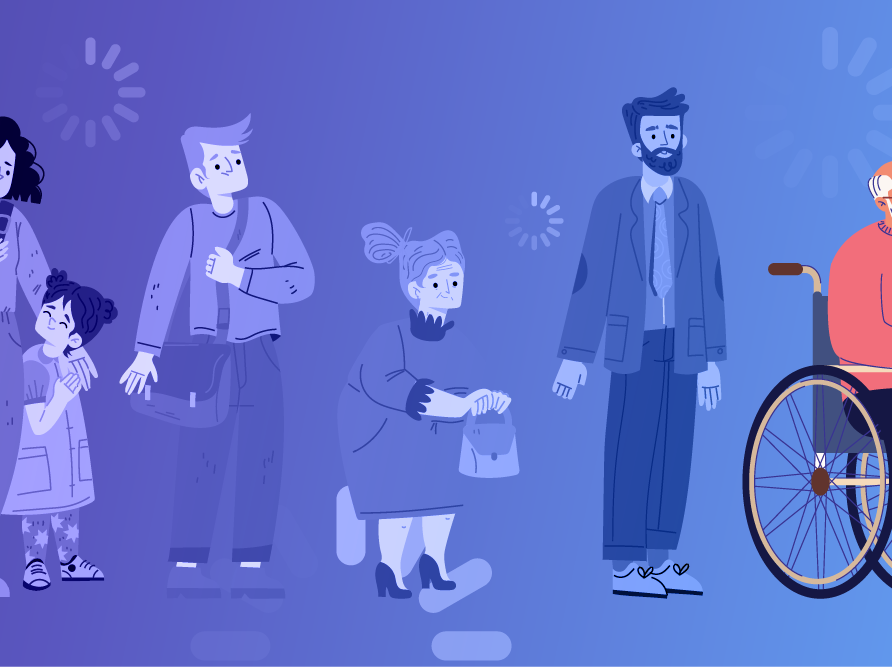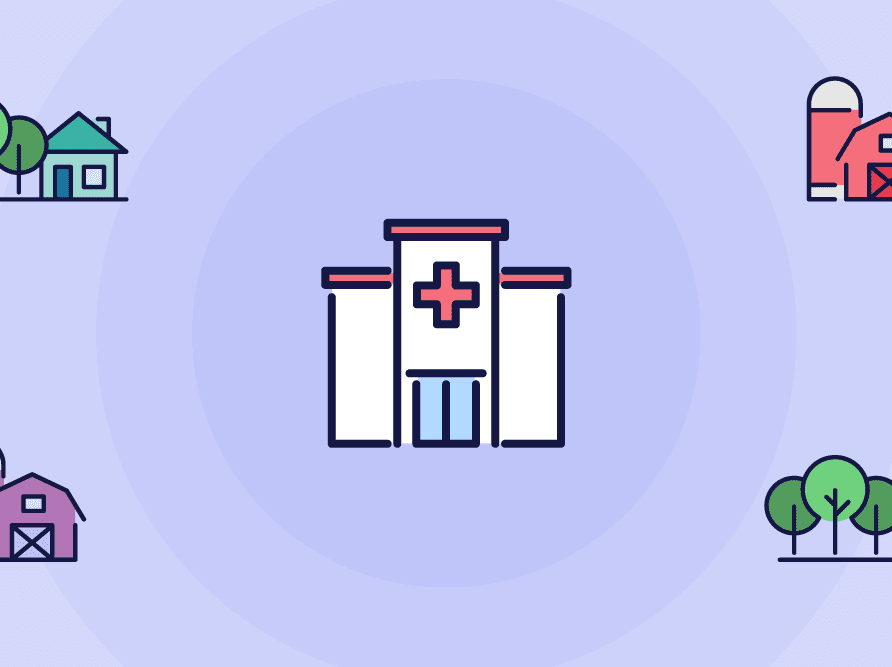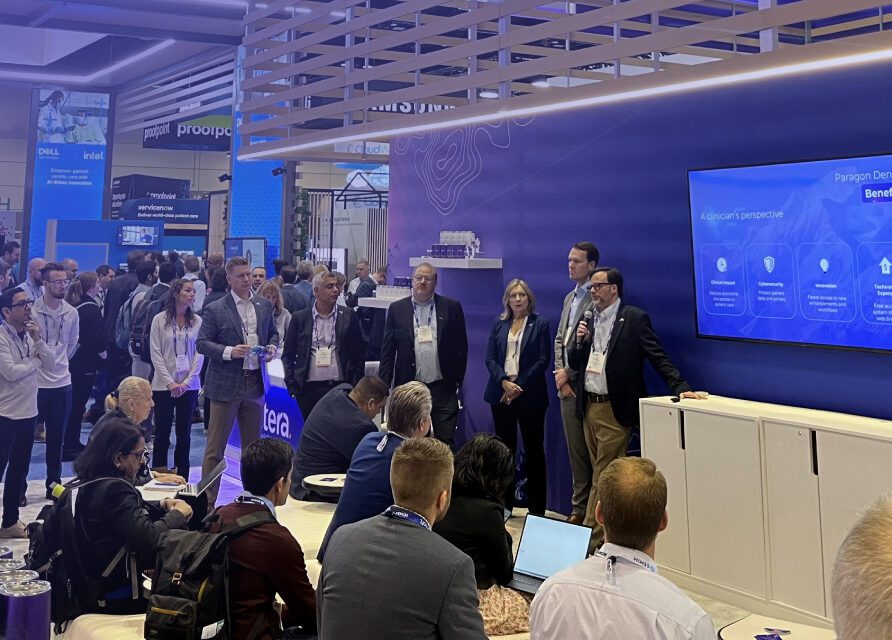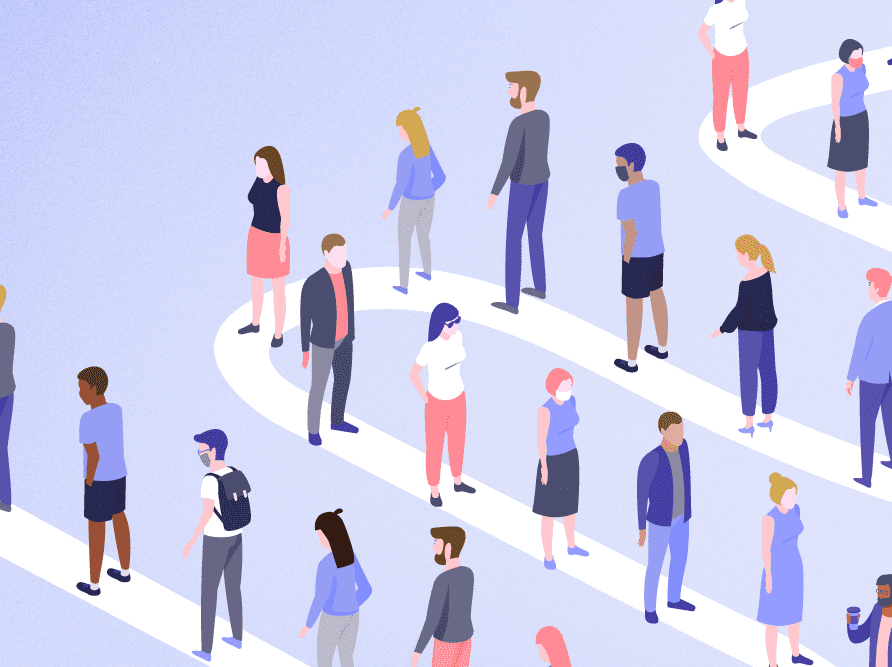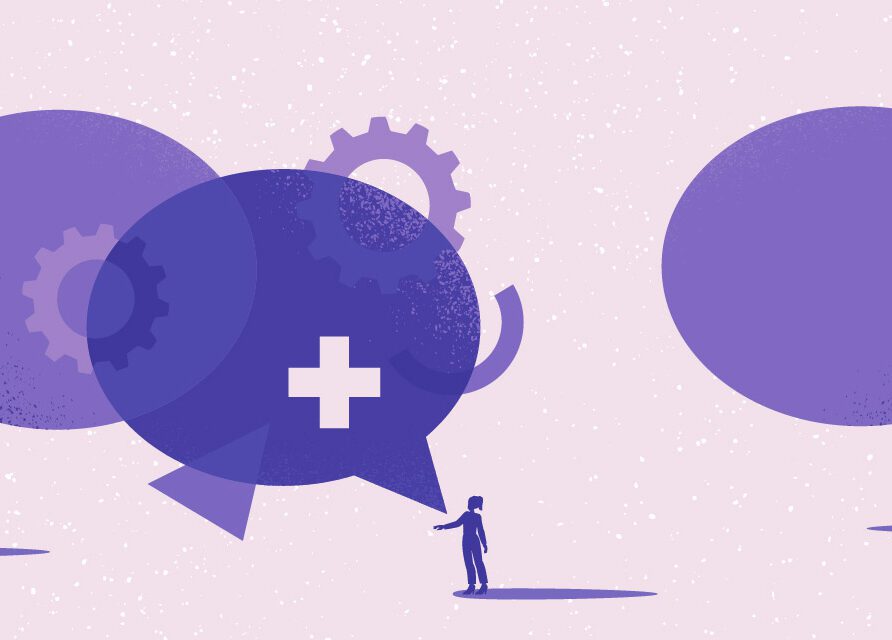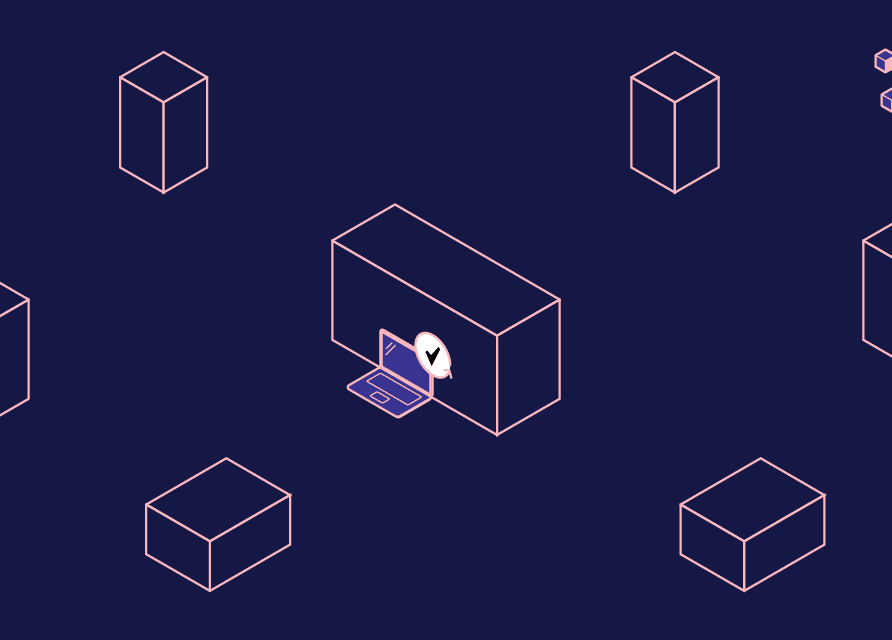Article
Human-Centered Design: Where compassion meets technology
* This content was originally published prior to N. Harris Computer Corporation’s 2022 acquisition of the Allscripts Hospital and Large Physician Practice business segment. Our business is now known as Altera Digital Health.
Editor’s note: This is the first of a series devoted to the Allscripts approach of Human-Centered Design.
Throughout my career, healthcare has been a lovely thread weaving through my journey. I’ve worked with pharmaceutical robots, EMRs, and designed trauma-informed spaces for domestic violence victims and survivors. I’ve created and cultivated services for providers in intellectual disability and mental/behavioral health. I’ve designed experiences for wellness, mindfulness and even healthy food services for urban environments.
Now, as Chief Experience Officer (CXO) at Allscripts, I am applying my personal mission “to lead design for a compassionate world”. This phrase gets me up each morning, and guides me through my day.
In this series, I want to discuss the concept of Human-Centered Design (HCD), define it, help readers understand why we do it, compare HCD to “Design Thinking”, walk through the methodologies, steps in the process and explain the benefits to the healthcare industry.
Let’s begin!
Why Human-Centered Design?
Experiences in the world are currently not always awesome. Especially in the healthcare industry through the pandemic. We see physicians, clinicians and frontline workers doing heroic work without much acknowledgement of how they actually use technology to deliver this critical care. I truly believe we need more people to listen and empathize with the humans we serve to create exceptional experiences. We need to understand human needs at an intrinsic level and use data to support everyone through the experience. We need to educate our organizations to innovate and produce quality products and services more rapidly, while loving what we do. We need to take care to support one another. Finally, we need more people to convince colleagues and bosses that these problems are worth solving.
We suffer from expert blindness. The moment a human becomes an “expert” we lose the ability to remember what it was like to be a beginner. We create biases toward a subject matter, which in turn keeps us from seeing and connecting with what truly is. In healthcare IT, we are the experts of our domain. The good news is we have an antidote to expert blindness. We can use Human-Centered Design to see beyond the blind spots, understand the providers’ core and inherent needs, and create new products that work seamlessly across hospitals, clinics and provider practices.
What is Design?
Everything created by a human has been designed. An Indian antique door from the middle ages, an outdoor experience created with landscaping, a bicycle, a building, a sports team, a piece of technology. All of these ‘things’—these experiences—are designed.
Design is subtle. If you can’t see it, can’t put your finger on it, but you just love it, that’s “good design”. It helps improve the world and inspire compassion.
Design is a series of methodologies and practices that can solve a problem or need. No matter how big or small. We use divergent thinking to look for those hidden or intrinsic needs, rather than the “asked for” answer.
Design is iterative. Through all the phases of research, analysis, innovation, implementation and evaluation, it’s always happening in a nonlinear manner. When we say design has five steps, (setting scope, doing research, synthesizing findings, innovating a new future and prototyping and testing) really where you start in those steps depends on the project, the challenge and the desired outcome.
Design elicits emotion. Good or bad, design has a way of sparking emotion in those that use a product, service or experience. People will have an opinion of how they feel when they experience something. That emotion will drive purchase, and if it’s really good, it’ll drive a product’s success. But it’s important to remember that just as good design lifts us to aspire and feel good, bad design elicits a poor opinion or emotion and can be the demise of a product line or company.
The benefits of Human-Centered Design
Fail early fail often. Save Money. Fail as quickly and as many times as we can, because through that failure we learn something. That helps us make products better more quickly. This has huge benefits for our company. If we make these changes before we write requirements, it’s the cost of a bagel we ate for breakfast. If we wait until the product is developed to make those changes, then it’s the steak dinner. So not only does it help save costs, it saves time.
The success of Human-Centered Design is not new. The methodologies date back to the 1980s. Even then, usability and Human-Centered Design had demonstrated cost reductions in the product development cycle of 33–50% (Bosert), and 80% of maintenance is due to unmet or unforeseen user requirements (Martin and McClure; Pressman). Recently, McKinsey and Forrester reported Business Design-centric companies outperform the S&P 500 by 200% and have a return on investment of more then 300%.
Build the “right thing”. Our focus is to increase innovation quickly and reveal opportunities for features beyond typical functionality. We want to build experiences, and reduce risk. It also helps us increase the likelihood that we are building the “right thing” for the market and for the humans we serve.
In closing.
When I came to Allscripts eight months ago, I was interviewing with folks within the company at all levels of the hierarchy. I asked them, Why Allscripts? and every one of them spoke of the people they serve. One employee said, “I am part of the care team. That’s why I’m here. Because I want to build the best system for the people that are out there saving lives.”
Stay tuned for more blogs that will dive deeper into the steps we take to Design a new EHR, and how each contributes to helping humans we serve.
With gratitude.
Sources:
- Bosert, J.L. (1991). Quality Functional Deployment: A Practitioner’s Approach. ASQC Quaility Press, New York
- Martin, J., and McClure, C. (1983) Software Maintenance: The Problem and Its Solution. Upper Saddle River, NJ; Prentice Hall



